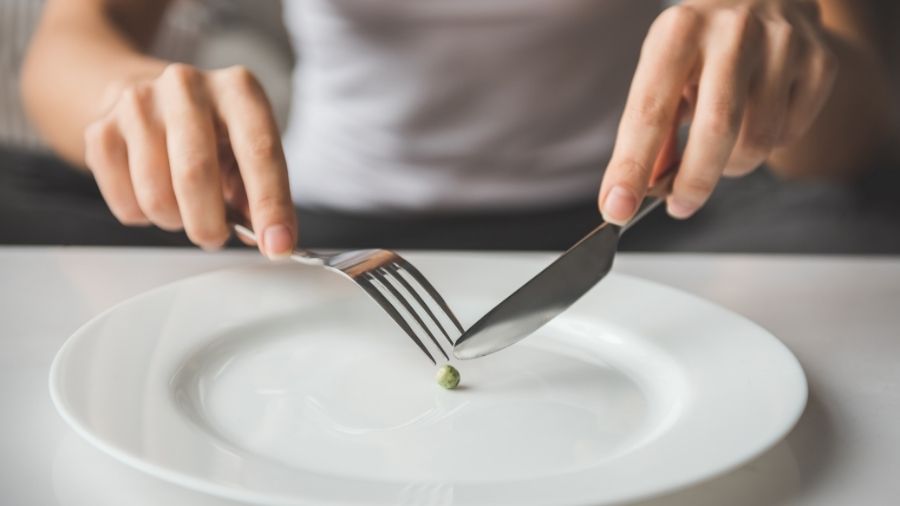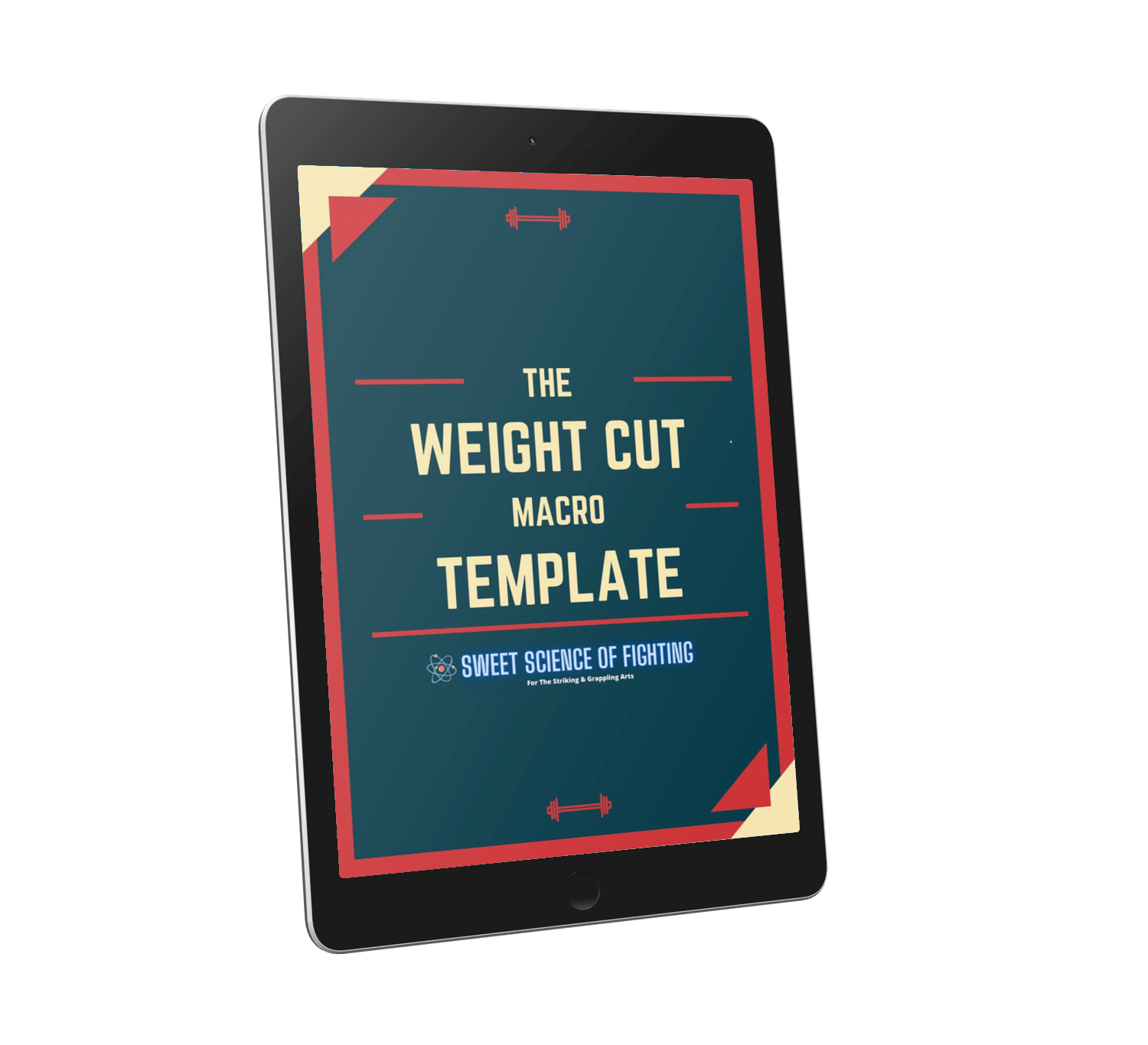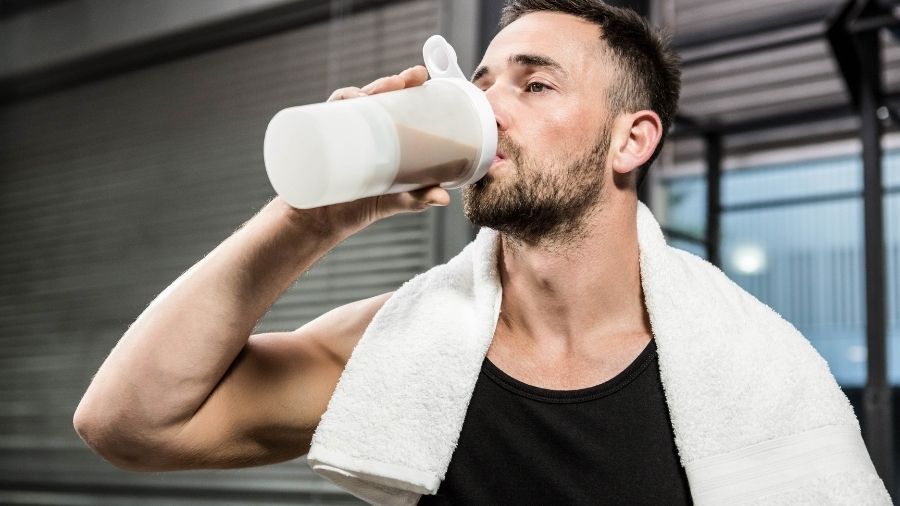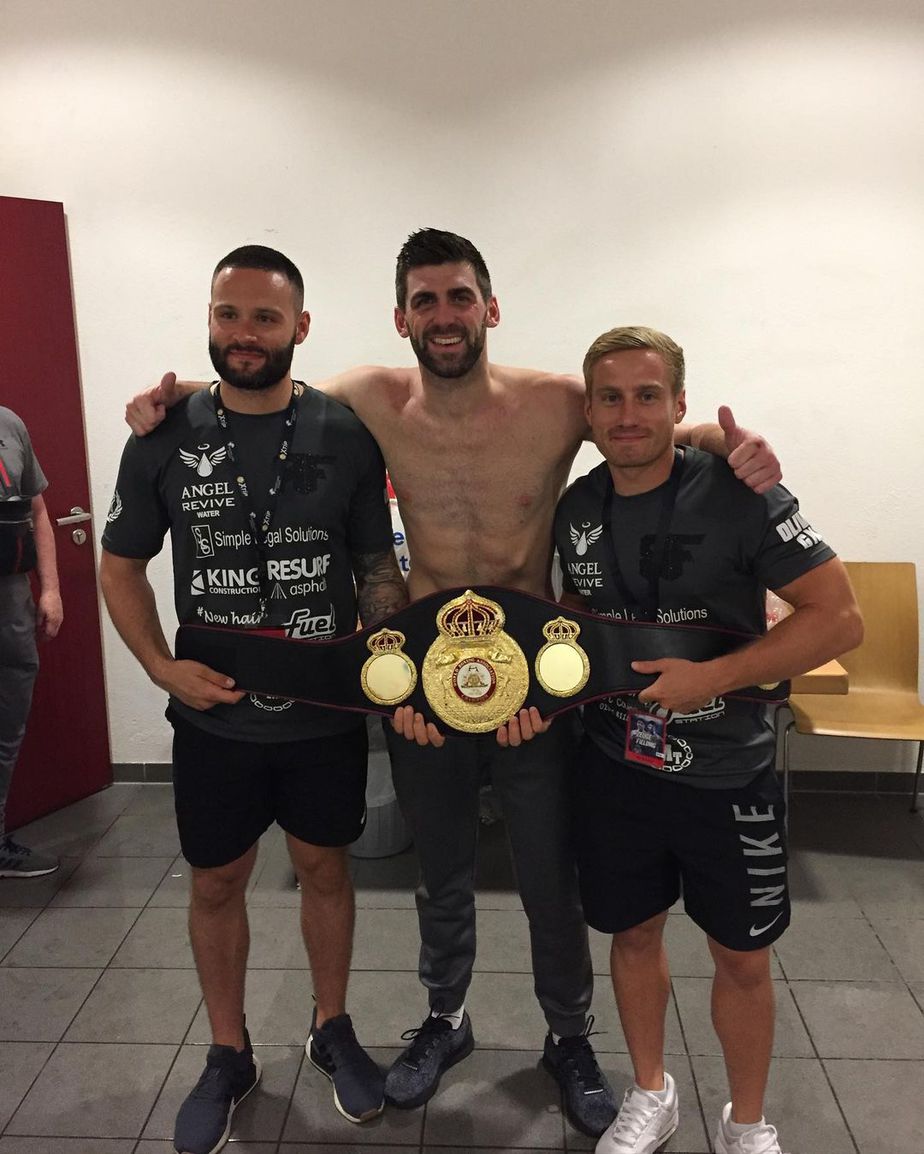So, you want to eat like a professional boxer huh? Put down those Cheetos and pick up that steak. I’ve got the best diet for boxers that will transform your body and boxing performance.
The best diet for boxers is one that is high in carbohydrates (3 g per kg of bodyweight), lower in fat (1 g per kg of bodyweight), with moderate protein (2 g per kg of bodyweight). This ensures that you are adequately fueled for your boxing training while being able to build or maintain muscle mass.
Having this macronutrient breakdown is great. But I’m going to show you how to put it into action. Firstly, let’s cover how often you should eat a day.
How Many Meals Do Boxers Eat?
Boxers will generally eat enough meals needed to meet their caloric requirements around their training schedule. For example, Rocky Fielding would eat five meals a day leading into his fights. If you want a fully effective weight cutting strategy as well as Rocky Fielding's diet strategies by his performance nutritionist, check out our online weight cutting course.
As a boxer, you may be training once to twice a day. Sometimes three depending on your training schedule. This means you need to eat smaller, more frequent meals so you can train without feeling full and bloated.
Very rarely will a boxer eat only three meals a day as would be difficult to ingest the required calories while not negatively affecting boxing training.
How Do Boxers Lose Weight Fast?

Boxers will lose weight quickly by cutting water weight. This is an acute weight loss strategy that is often employed a day or two before the weigh-in. Most importantly, this fast weight loss isn't done long term. And further, it only consists of between 5-8% loss of bodyweight.
Losing weight quickly through extreme food restriction and extreme dehydration is a quick path to poor boxing performance, adverse health outcomes, and potentially a trip to the hospital. Worst case scenario? Death.
If you are undergoing weight-cutting strategies, seek a professional to help with your game plan. It is well worth the investment to avoid these risks. Further, getting this right will have you boxing like an animal.
What Can Boxers Eat During Training?
It is well-known boxing training can be long and intense. During these sessions, it is smart to fuel yourself so you can maintain training quality and intensity.

FREE Weight Cut Template That Automatically Calculates Your Macros
Research suggests that moderate to high-intensity intermittent exercise (i.e. boxing workouts) of greater than an hour would benefit from 30-60 g of carbohydrates per hour [1].
It's important to note that these carbohydrates need to be fast digesting. An example would be a full sugar sports drink that you can sip on during your training. You can also use dextrose or maltodextrin powder which are dirt cheap. However, they are unflavored so you need to mix them in something with flavor.
What To Eat After Boxing Training?

Eating after your boxing training is going to help refuel your body to accelerate recovery and provide energy for your second session of the day if you have one. Some foods are better than others to consume directly after training.
Ideally, these foods should be fast-digesting so they can be broken down for fuel quickly to be used by the muscles. Fast digesting foods would be lean protein sources and sugary carbohydrate sources.
Some may opt to just consume a protein shake but the research suggests that protein + carbohydrates post-workout might be better than just protein to enhance muscle protein synthesis (the building of new proteins) [2].
So here are some post-boxing training meal options that digest quickly to enhance your recovery:
Boxing Diet Plan For Beginners
Firstly, you must calculate your macronutrient breakdown. Dr. James Morehen, performance nutritionist for many professional boxers (most notably Rocky Fielding) recommends an intake of 1 g per kg bodyweight of fat, 2 g per kg bodyweight of protein, and 3 g per kg of bodyweight of carbohydrates.
So, if you are a 165 lb boxer, divide your bodyweight in pounds by 2.2 which equals 75 kg.
Protein = 150 g
Carbohydrates = 225 g
Fat = 75 g
This is the easiest way to calculate your macronutrient breakdown. Here is a boxing diet plan for a boxer who is training twice a day. Boxing session in the morning and a strength or conditioning session in the afternoon.
Meal | Protein | Carbs | Fats | Calories |
|---|---|---|---|---|
Breakfast (Pre-Training) | 34 g | 44 g | 23 g | 524 cal |
Scrambled Eggs x 3 (Size 7) | Cell | Cell | Cell | Cell |
Toast x 2 | Cell | Cell | Cell | Cell |
Apple | Cell | Cell | Cell | Cell |
Post-Training 1 | 11 g | 36 g | 0 g | 185 cal |
Oikos No Fat Greek Yogurt (100g) | Cell | Cell | Cell | Cell |
Banana | Cell | Cell | Cell | Cell |
Lunch | 33 g | 59 g | 26 g | 580 cal |
Chicken Thighs (120 g cooked) | Cell | Cell | Cell | Cell |
Jasmine Rice (150 g cooked) | Cell | Cell | Cell | Cell |
Avocado (50 g) | Cell | Cell | Cell | Cell |
Extra Virgin Olive Oil (1/2 Tbsp) | Cell | Cell | Cell | Cell |
Pre-Training (Tuna Sandwich) | 22 g | 26 g | 3 g | 202 cal |
Canned Tuna (60 g) | Cell | Cell | Cell | Cell |
Bread (2 Slices) | Cell | Cell | Cell | Cell |
Lettuce, Tomato | Cell | Cell | Cell | Cell |
Post-Training 2 | 17 g | 18 g | 5 g | 170 cal |
Whey Protein (1/2 Scoop) | Cell | Cell | Cell | Cell |
Quaker Rice Cakes x2 | Cell | Cell | Cell | Cell |
Dinner | 36 g | 43 g | 19 g | 497 cal |
Sirloin Steak (100 g cooked) | Cell | Cell | Cell | Cell |
Baked Russett Potato (200 g) | Cell | Cell | Cell | Cell |
Garden Salad w/ Extra Virgin Olive Oil (1 Tbsp) | Cell | Cell | Cell | Cell |
Total | 154 g | 226 g | 76 g | 2140 cal |
"A really massive part of the success was the weight cut."
"Dr. James Morehen knew my body better than me. My performances were staying, my training in the gym, my sleep pattern was good. I wasn't going to bed starving, I was getting good rest in and sleep in." - Rocky Fielding (WBA Super Middleweight Champion)


References
1. Burke, L. M. (2010). Fueling strategies to optimize performance: training high or training low?. Scandinavian journal of medicine & science in sports, 20, 48-58.
2. Phillips, S. M. (2011). The science of muscle hypertrophy: making dietary protein count. Proceedings of the nutrition society, 70(1), 100-103.

